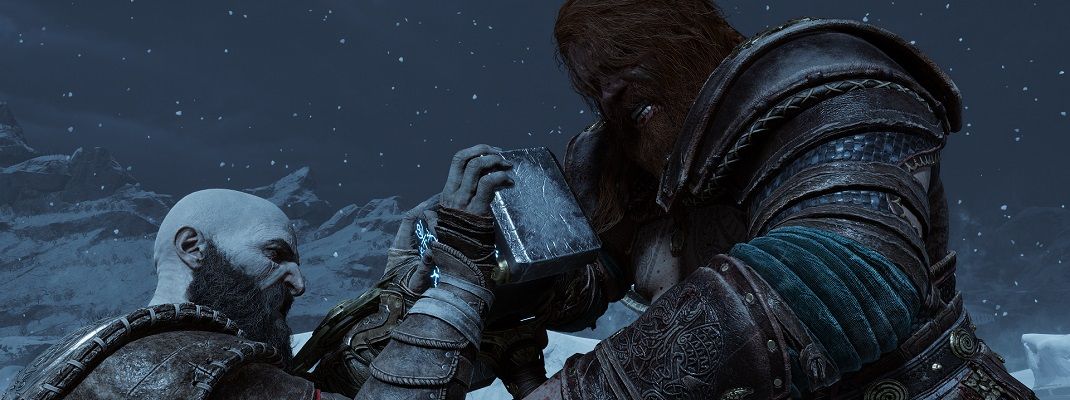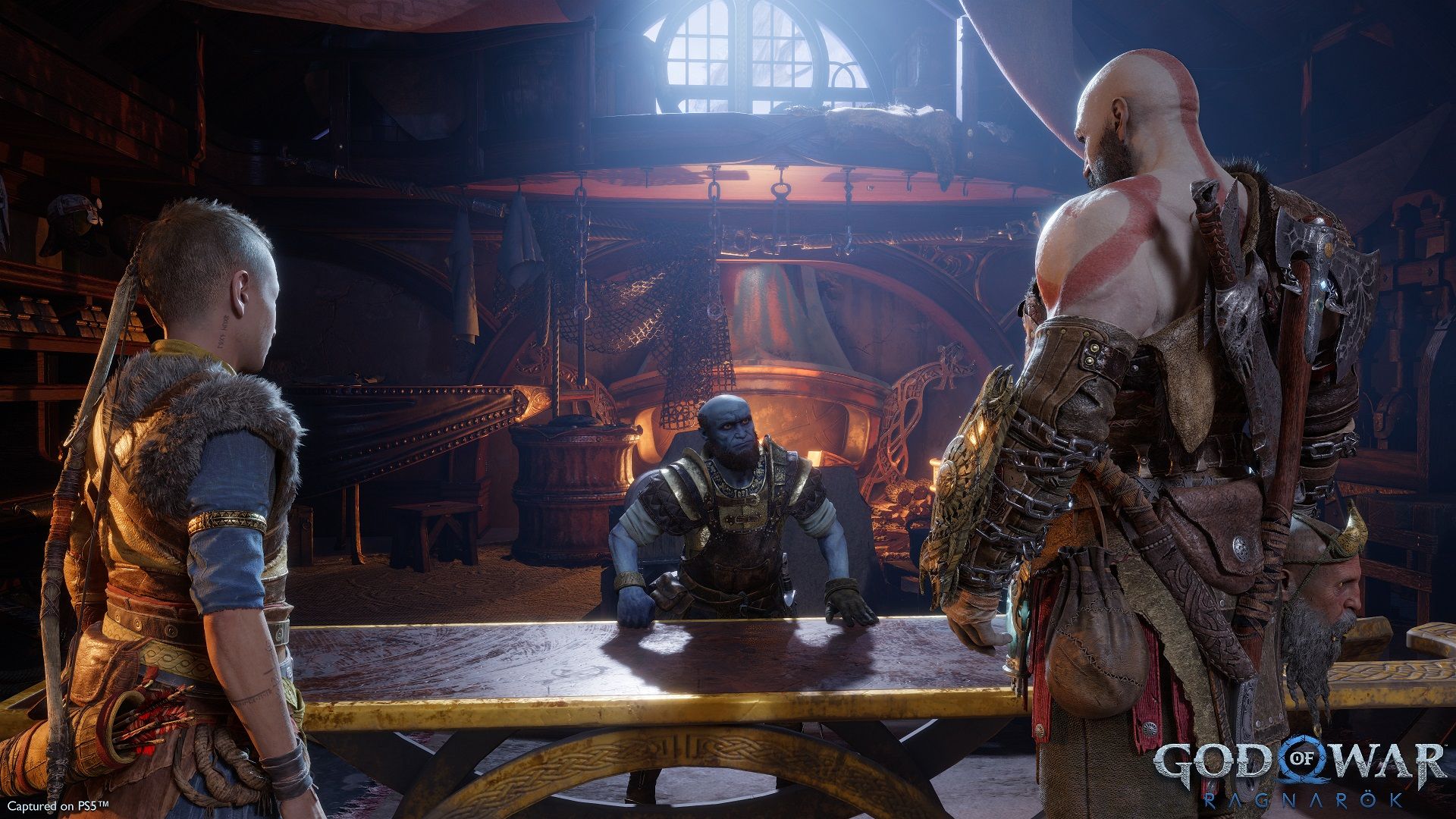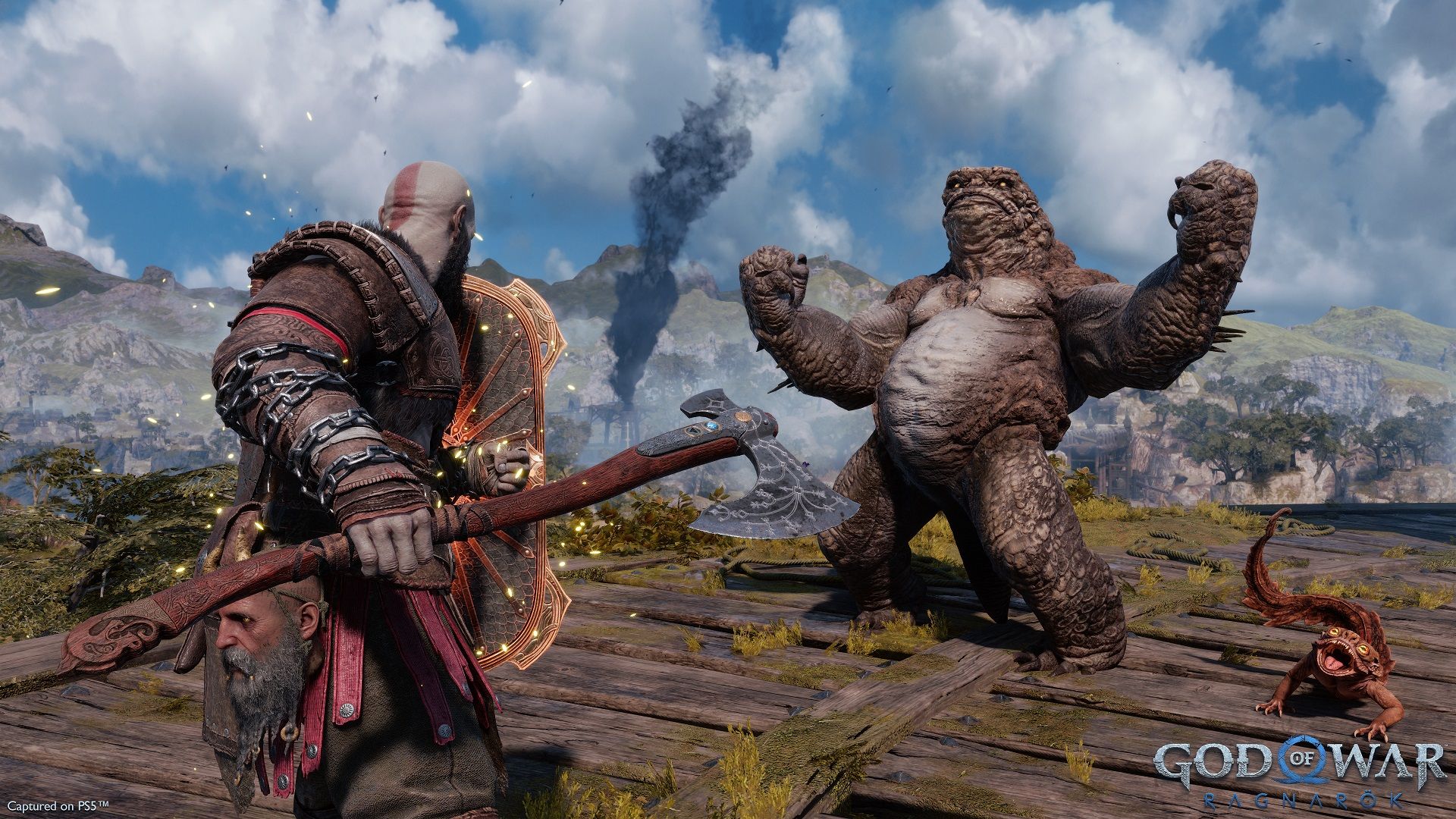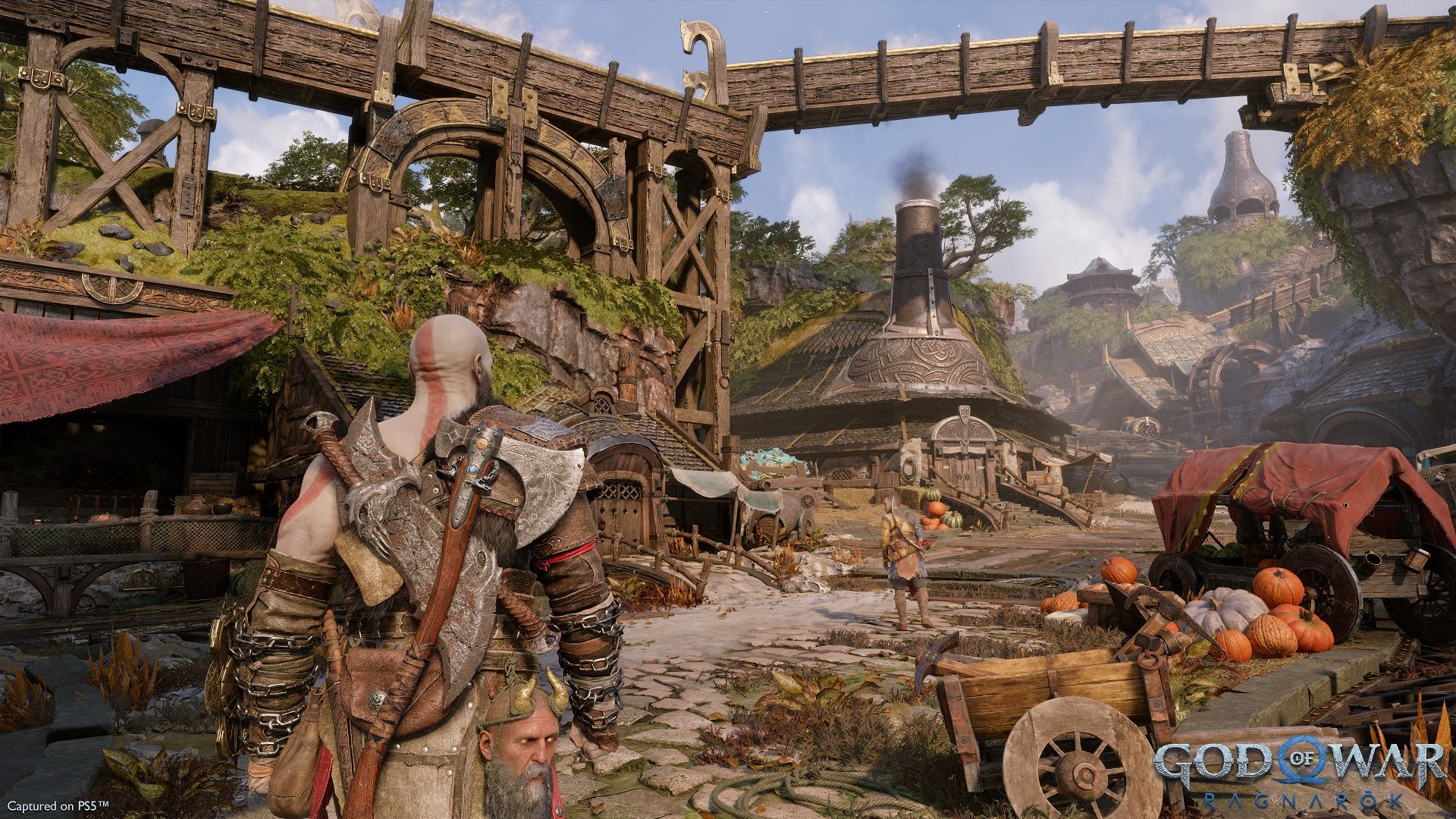Stop us if you heard this before: a superb game is developed and takes the world by storm. Even though that game stands on its own two legs thanks to excellent storytelling, in-depth gameplay, strong level design and technical prowess, a sequel comes along that fixes issues that may not have seemed like issues at first, but after playing the sequel, it’s clear that there were faults. That’s the story of God of War and God of War II. The original laid the superb foundation that would carry the franchise, but it was the sequel that perfected it. After spending five hours with the latest entry, God of War Ragnarök, it’s becoming clear that this sequel to the 2018 title is charting a similar path.
God of War (2018) was a highly successful retooling of the classic formula following the underwhelming God of War: Ascension. Picking up long after the events of God of War III, God of War (2018) found Kratos in Midgard facing off against gods and monsters from Norse Mythology. The game was brilliant with an intriguing story, a fresh new cast of characters, updated gameplay with both new (Leviathan Axe) and old (Blades of Chaos) weapons thrown into the mix, and it looked great on PS4 hardware. Much like the superb original God of War, however, dig deeper and you’ll notice some of the faults. That’s where Ragnarök comes into play.
God of War Ragnarök picks up a few years after the events of the 2018 title. Fimbulwinter has taken hold of the nine realms following the death of Baldur. Kratos and Atreus continue training for an inevitable clash with Thor and Odin all while attempting to evade Freya’s assassination attempts. Their fragile security comes crashing down one fateful night that puts both father and son on the path to Ragnarök. We won’t spoil or discuss the story much here in our impressions but do know that much like God of War II expanded the original’s scope, the same is true here. A more bombastic opening sets the stage for a larger story, one with more consequential twists and turns, characters and character drama. It’s all, once again, presented as a single-shot, ensuring you’re always tied to the characters and their emotions.
God of War II was easy to hop in because it retained the familiar feel of God of War. The same is true with Ragnarök with its core mechanics lifted from God of War (2018). The Levithan Axe feels as powerful and fluid to wield as it did in the original. Probably the biggest change to gameplay, and level design, is that the Blades of Chaos are available from the get-go. These beautiful chained blades are iconic and delighted many fans when they were reintroduced midway through God of War (2018). The Blades function as they did in the previous title, but remain immensely fun to swing around and remain the top option for crowd control.
Having the Blades available from the start not only opens more gameplay options when you hop in, but also allowed Santa Monica Studio to utilize them in the level design. Ragnarök feels very much like God of War II in this respect. Kratos can now grapple across chasms, pull himself onto higher ledges and rappel down from higher spots.
Another hallmark of God of War II was its wide variety of locations and enemies. As opposed to God of War mostly taking place in Pandora’s Temple with a small selection of enemies, God of War II took players to snowcapped mountains, luscious jungles, vile swamps and glistening towers. The game was also populated with a wide gamut of new and returning enemies alongside a lot more bosses, an ehtos that Ragnarök follows. In the short time available, players take Kratos from snow-covered Midgard to bright and sunny Dwarven villages to dark mines. Along the way are tons of new enemies to battle, and yes, more bosses to tackle.
God of War II didn’t have to reinvent the God of War formula back in 2007 as the original game already had the fundamentals nailed down. All the sequel needed to do was improve on those, inject variety into its locales and enemies, and tell a more nuanced story. God of War II managed all that, remaining one of the best entries in the franchise. It’s still early, but God of War Ragnarök appears to be following in II’s footsteps. It’s an exciting and promising start to what appears to a meaty game. We’ll just have to hope it persists till the credits roll.
God of War Ragnarök launches November 9 on PS5 and PS4. Be sure to check back on November 3 for our full review.




